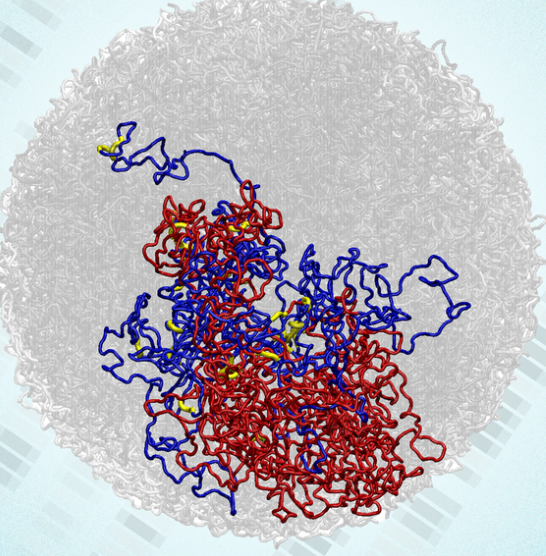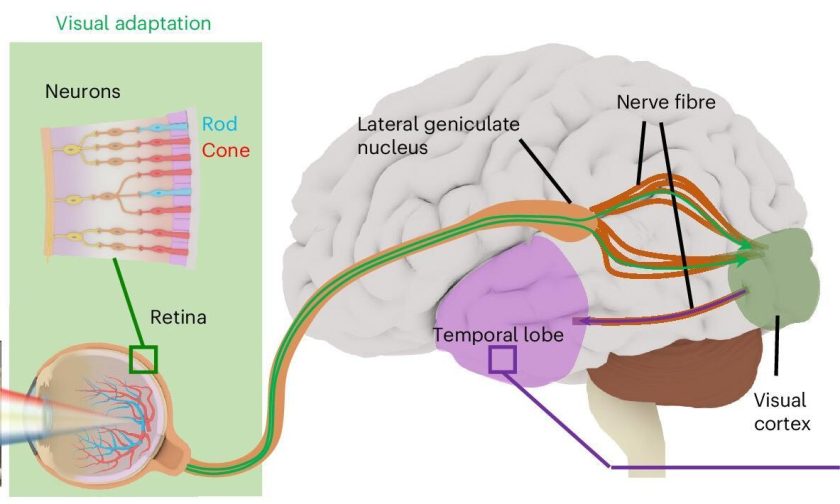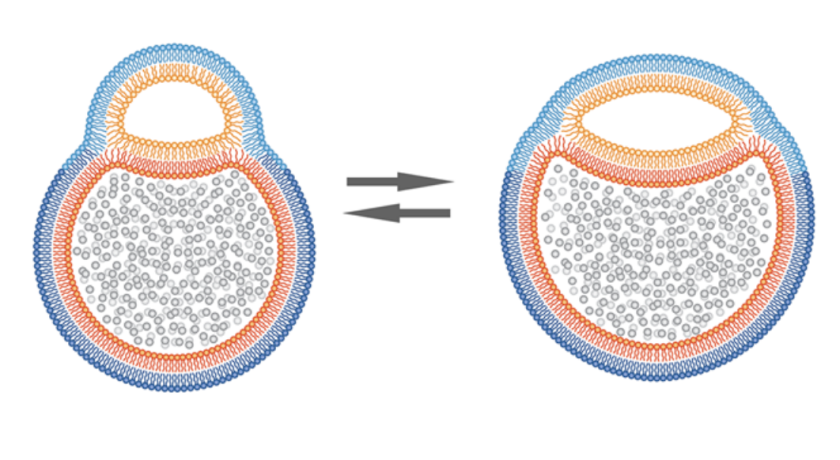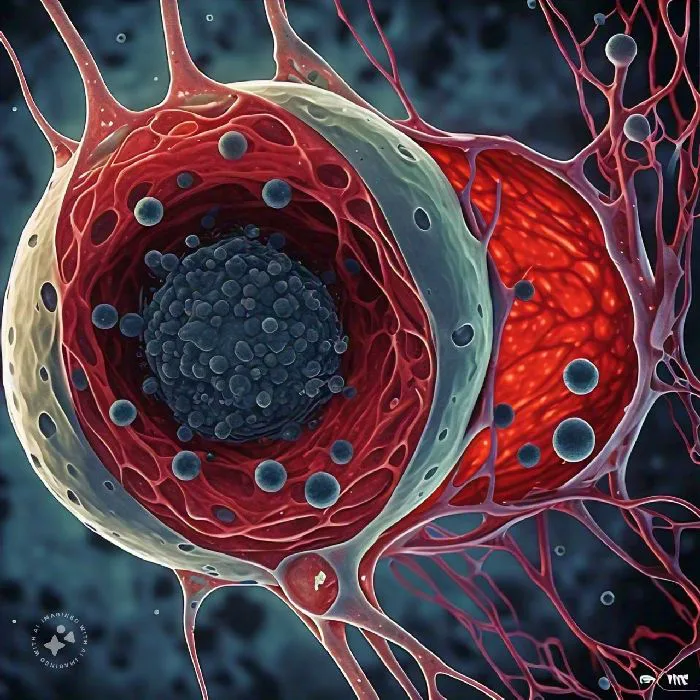
When a blood clot blocks an artery, it leads to an ischemic stroke. The blockage or ischemic stroke prevents blood and oxygen from reaching areas of the brain. This gives rise to one of the following symptoms:
- Confusion or trouble speaking or understanding
- Sudden numbness in the face, arm, or leg
- Distorted vision in one or both eyes
- Trouble walking, dizziness or loss of balance
- Sudden severe headache
According to the statistics, the older one gets, the higher the risk of experiencing ischemic strokes. Although, neuroscience has helped us understand what happens in the body during a stroke. However, we have no idea how the immune system helps with recovery after a stroke.
Role of CAMs in Post-Stroke Immunity
Researchers at the Institut Blood and Brain @ Caen-Normandie (BB@C), the University of Edinburgh, and other European institutes conducted a study. They explored how central nervous system (CNS)-associated macrophages (CAMs), which are immune cells located at the CNS interfaces, contribute to the immune responses after a stroke.
Central nervous system-associated macrophages, or CAMs, are special immune cells found where blood vessels meet brain tissue. Normally, their job is to:
- Monitor the area
- Clear away waste
- Alert other immune cells if they detect any harmful germs or infections
As per Marina Rubio, last author and coordinator of the study, the role of CAMs haven’t been fully studied, but their position suggests they could significantly affect how the body reacts to the stroke. They might help in two ways:
- Control the arrival of immune cells called neutrophils
- Protect the barriers that keep the brain safe from harmful substances
Impact of Aging on CAMs and Stroke Inflammation
In a previous study, the researchers looked specifically at a group of macrophages, called parenchymal border macrophages (PBMs). They discovered that these PBMs play a key role in controlling the flow of cerebrospinal fluid (CSF), which is the fluid that surrounds the brain and spinal cord.
Generally, it has been observed that as people get older, their bodies can have inflammation that might lead to various health issues, like strokes. Building on this premise, Dr. Rubio and her colleagues aimed to investigate if CAMs, change with age. They also wanted to see if these changes influence inflammation after an ischemic stroke.
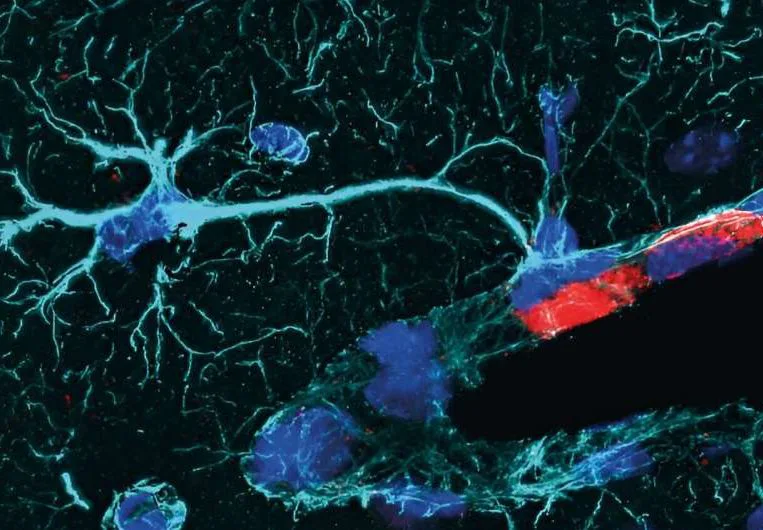
Study Methods and Findings on CAMs in Stroke
To conduct the study, researchers used a stroke model that mimics real-life conditions by injecting thrombin (a clotting protein) directly into a key brain artery in both young and older mice. They worked with both young and older mice to compare their responses.
To gather information, they used several advanced imaging and analysis techniques to analyse the results:
- Multimodal MRI: Different types of MRI scans to look at various aspects of the brain.
- In vivo two-photon microscopy: A method to observe living brain tissue in detail.
- Flow cytometry: A technique to count and analyze the properties of cells.
- Behavioral tests: Experiments to assess the mice’s behavior and brain function.
Additionally, they examined human tissue samples to compare CAMs (the immune cell) in older and younger people.
Also, they tried to understand how CAMs specifically contribute to the immune response after strokes. To test this, they used a method where they injected a harmful substance into the fluid around the brain and spine of the mice. They injecting liposomes containing a toxic substance into the cerebrospinal fluid (CSF) of the mice. This toxic substance causes CAMs to die through a process called apoptosis.
Over all, the findings suggest two things, first, CAMs play a crucial role in managing neuroimmune responses. In fact, they are the key coordinators of neuroimmune responses. And second, they help in fine-tuning immune processes long-term after a stroke.
Takeaway
Gaining insights into how aging affects CAMs and overall neuroimmune responses could be a game changer, especially for managing neuroinflammatory conditions. One key outcome of this study is the development of new treatments that specifically target CAMs to improve their role in managing inflammation and recovery after a stroke.
Also, understanding how CAMs function in different age groups, will potentially lead to more effective interventions.
Via: MedicalXpress

